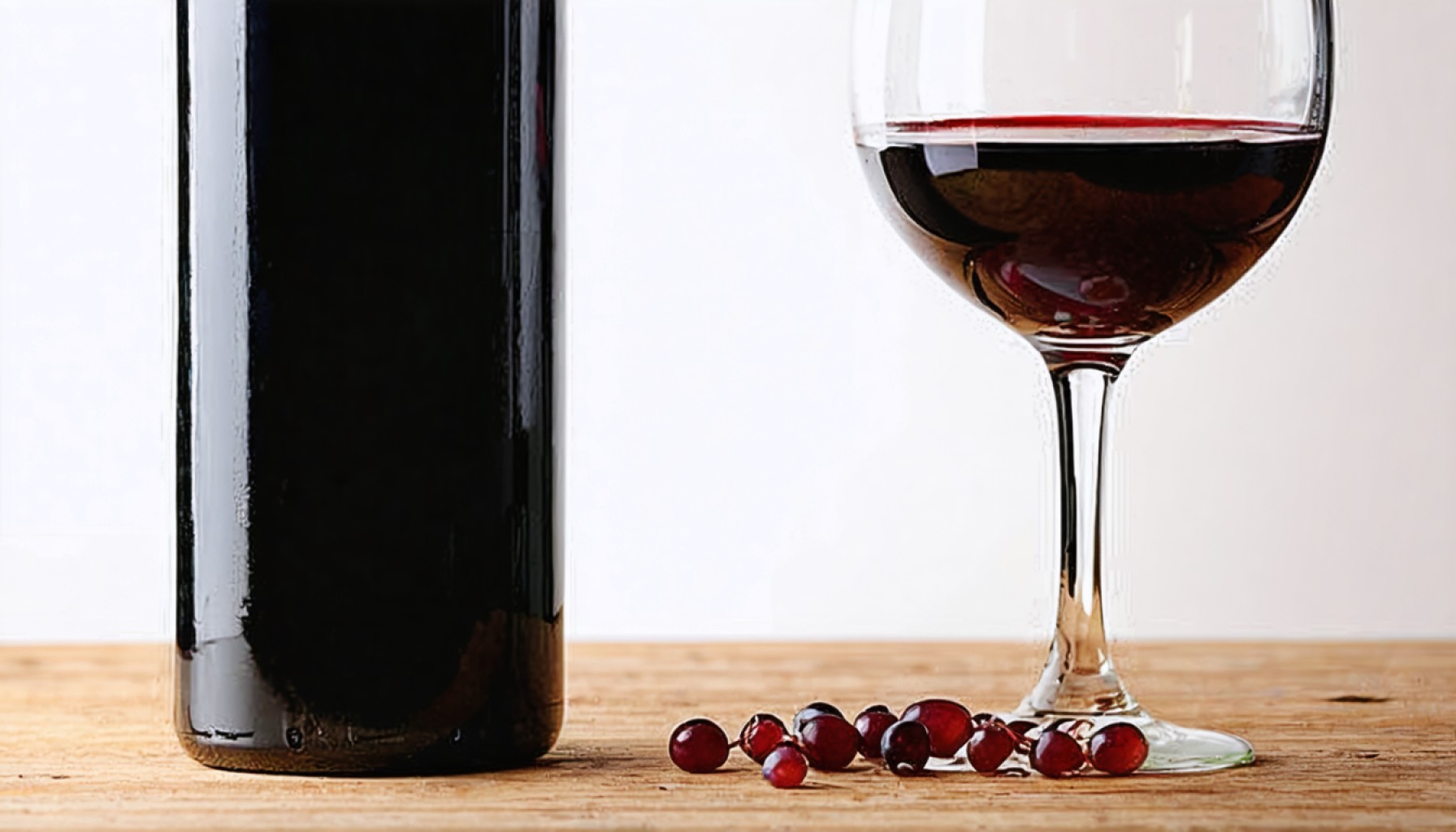- Maryland’s Old Westminster winery quickly sold out their entire stock of 2020 Malbec, highlighting the grape’s enduring popularity.
- Malbec remains a favorite among American wine enthusiasts despite the industry’s push for exotic varieties.
- The wine industry parallels the craft beer world, where familiar favorites often overshadow niche options.
- This preference underscores a broader industry trend where classic grape varieties maintain strong consumer connections.
- The “VinePair Podcast” discusses why Malbec and similar grapes are pivotal to the American wine narrative.
- Consumers often return to recognized classics, emphasizing the emotional engagement and connection over novelty.
- Malbec’s appeal lies not only in its taste but also in its representation of cherished traditions and connections.
Maryland’s Old Westminster winery experienced a rare phenomenon recently — their entire stock of 2020 Malbec vanished in a blink. This wasn’t just a stroke of luck but a testament to the enduring allure of Malbec among American wine enthusiasts. Despite the wine industry’s persistent push towards unusual and obscure varieties, Malbec’s popularity refuses to wane.
Picture a bustling winery, eager to entice with exotic blends. Yet, the heartstrings of wine drinkers often pull towards familiar favorites. It’s akin to the craft beer world, where niche pilsners and creative saisons might grace the menu, but the beloved IPA remains a staple. Consumers crave a connection through the glass, a sense of familiarity that transcends novelty.
Malbec’s persistent charm underscores a broader story within the wine industry. While adventurous winemakers strive to broaden horizons, the gravitational pull of well-known grape varieties holds firm sway. This isn’t just about maintaining tradition but about recognizing the emotional engagement these wines foster. When faced with the simple act of choosing a bottle, many seek delight over a lesson in viticulture.
The dialogue on Malbec unfolds further in spaces like the “VinePair Podcast,” where experts unravel why this grape, among others, remains crucial to the American wine narrative. Consumers’ palates might flirt with mysterious tastes, yet they often return to celebrated classics, reinforcing the power and promise of recognized favorites.
With wine, as with any cherished tradition, the hint of the familiar continues to enchant. Malbec’s magic, then, isn’t just about the wine itself, but the connection it represents. What better reason to pour another glass of this timeless classic?
Why Malbec Continues to Captivate Wine Lovers
How-To Steps & Life Hacks: Maximizing Your Malbec Experience
1. Selecting the Right Malbec: When choosing a Malbec, consider the region. Argentine Malbecs, known for their robust flavors, often showcase plum and black cherry notes with a hint of vanilla. Colorado and California also produce distinctive Malbec variations.
2. Perfect Pairings: Malbec pairs excellently with grilled meats, hearty stews, and dishes with rich, complex flavors. Try it with beef, lamb, or spicy Mexican cuisine to enhance your dining experience.
3. Optimal Serving Temperature: Serve Malbec slightly below room temperature, around 60–65°F (15–18°C), to accentuate its deep flavors and aromas.
Real-World Use Cases: Malbec’s Versatile Role
Malbec’s versatility extends beyond traditional settings. Its full-bodied nature makes it a popular choice for winery tours, events, and in home wine collections. It adapts well in wine blends, providing depth without overpowering.
Market Forecasts & Industry Trends: Malbec’s Rise in Popularity
Despite a competitive market with emerging grape varieties, Malbec continues to enthral a loyal consumer base. Experts predict steady growth in its consumption, attributed to growing interest in South American wines and the premium wine market’s expansion. The global trend towards high-quality, affordable wines also bodes well for Malbec’s future.
Reviews & Comparisons: Malbec vs. Other Popular Varieties
When compared to Cabernet Sauvignon, Malbec often emerges as the more accessible option for newcomers due to its generally softer tannins and fruit-forward profile. Its distinct plum and berry notes provide a delightful contrast to the peppery and cedar nuances of other red wines like Merlot or Syrah.
Controversies & Limitations
Some purists argue that Malbec lacks the complexity of grapes like Pinot Noir or the aging potential of Cabernet Sauvignon. Critics may also point out the vast quality disparity between cheap blends and premium labels, urging consumers to be discerning.
Features, Specs & Pricing
Malbec wines typically have medium to full body, moderate acidity, and a deep purple-red hue. Price points can range widely; expect to pay anywhere from $10 for budget bottles to over $50 for high-end selections.
Security & Sustainability
The wine industry is leaning toward more sustainable practices. Look for labels indicating organic or biodynamic farming, showcasing eco-friendly processes and reducing environmental impact.
Insights & Predictions
Industry experts believe that Malbec’s story is evolving, with increased production in non-traditional regions like the US and France. Its adaptability suggests continued relevance in upcoming years, likely benefiting from wine tourism spikes and the global thirst for diversity.
Pros & Cons Overview
Pros
– Rich, bold flavor profile
– Widely available and affordable
– Versatile in pairing and applications
Cons
– Less aging potential compared to some reds
– Quality variations between entry-level and premium offers
Actionable Recommendations
– Explore Regions: If you love Argentine Malbec, why not try one from France or the US?
– Join Clubs: Wine clubs often provide access to exclusive Malbec selections that aren’t available in retail.
– Invest in a Decanter: Aerate your Malbec to enhance its taste, especially with young wines.
For an authentic wine exploration, Malbec remains a timeless favorite. Embrace its bold spirit and the soul-stirring connection it inspires. For more information about wine selection and pairing, visit Wine.com.
